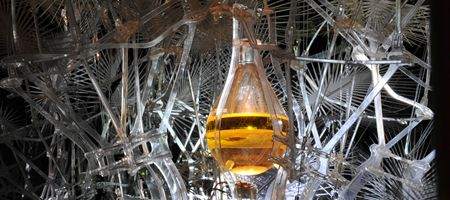The University of Greenwich’s School of Architecture & Construction is using synthetic biology to create ‘living’ buildings.

Researchers are working with the University of Southern Denmark, theUniversity of Glasgow and University College London (UCL) to develop building materials that could produce water in desert environments or harvest sunlight to make biofuels.
The idea is to use protocells – bubbles of oil in an aqueous fluid sensitive to light or different chemicals – to fix carbon from the atmosphere or to create a coral-like skin which could protect buildings.
“We want to use ethical synthetic biology to create large-scale, real world applications for buildings,” says professor Neil Spiller, head of the School of Architecture & Construction.
Protocells made from oil droplets in water allow soluble chemicals to be exchanged between the drops and their surrounding solution. The University of Southern Denmark has managed to get cells to capture carbon dioxide from solution and convert it into carbon-containing materials, and the team plans to use such cells to construct carbon-negative buildings.
Similar deposits could be used to stabilise Venice’s foundations, by growing an artificial limestone reef beneath it.
“We want to use protocell bubbles to fix carbon or precipitate skin that we can then develop into a coral-like architecture, which could petrify the piles that support Venice to spread the structural weight-load of the city,” professor Spiller said.






